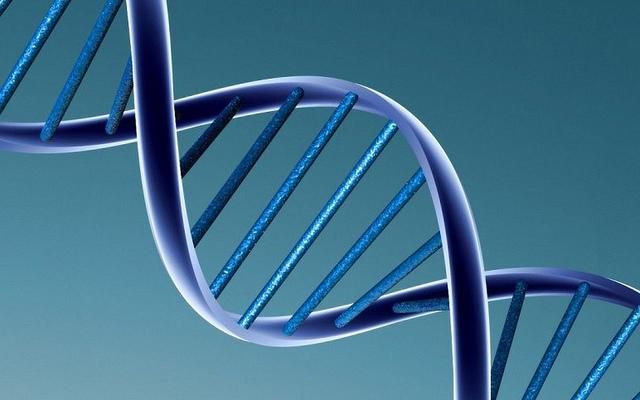-
 Dietary supplement
Dietary supplement
-
 Thermal insulation
Thermal insulation
-
 Neurotrope
Neurotrope
-
 Stamen
Stamen
-
 Benthos
Benthos
-
 Dog rose
Dog rose
-
 Mimivirus
Mimivirus
-
 Accommodation
Accommodation
-
 Keplerian motion
Keplerian motion
-
 Windows XP
Windows XP
-
 Crystallography
Crystallography
-
 Submersion
Submersion
-
 Internet
Internet
-
 Proton pump inhibitor
Proton pump inhibitor
-
 Skeletal muscle
Skeletal muscle
-
 Shocked quartz
Shocked quartz
-
 Trap
Trap
-
 Group velocity
Group velocity
-
 Equatorial coordinates of a direction
Equatorial coordinates of a direction
-
 Vortex line
Vortex line
-
 Lithosphere
Lithosphere
-
 Sputnik
Sputnik
-
 Discrete logarithm
Discrete logarithm
-
 Blastema
Blastema
-
 Solar sail
Solar sail
-
 Acid
Acid
-
 Fissure
Fissure
-
 Marsis radar
Marsis radar
-
 Source code
Source code
-
 Parasite
Parasite
Nuclease
Structure of nucleases
Like all enzymes, nucleases are proteins which have an active site for the enzyme reaction and a target molecule recognition site which gives the reaction its specificity.
Function of nucleases
Nucleases break phosphodiester bonds between nucleotides. There are two types of these enzymes:
There are also the ribonucleases which only act on ribonucleic acids (RNA), together with the deoxyribonucleases which cleave deoxyribonucleic acid (DNA).
Some nucleases have particular specificity for specific groups of a few nucleotides: these are the restriction enzymes.
 DNA can be cleaved by deoxyribonucleases. © Caroline Davis, Flickr, CC
DNA can be cleaved by deoxyribonucleases. © Caroline Davis, Flickr, CC
Latest
Fill out my online form.



